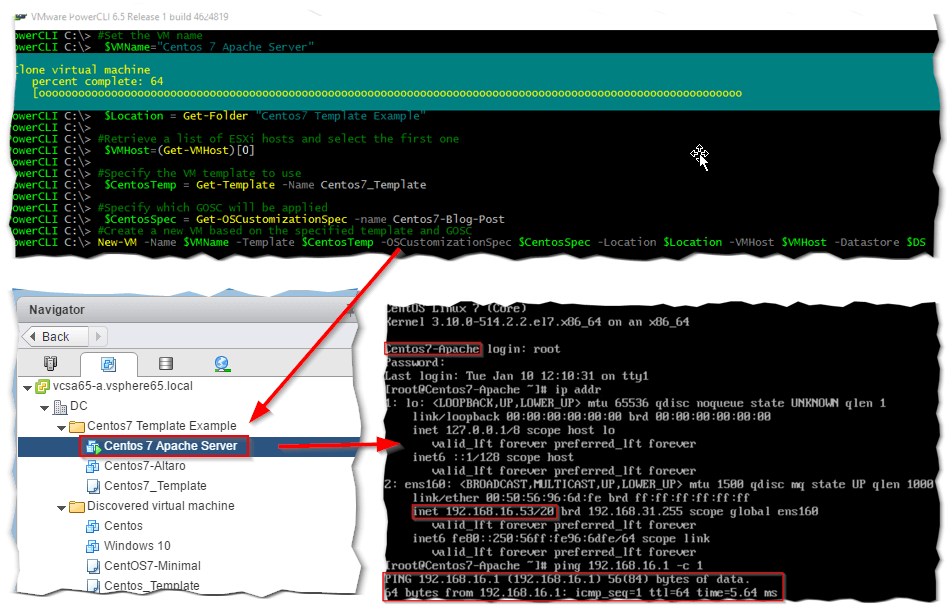
Click on the Templates tab (1) and highlight the template you want to deploy from (2).

Step 1 Select the content library where the template you want to deploy from resides. This has changed with vSphere 6.5 as illustrated next. To create a new VM from the Template right-click on it and select New VM from this Template:Ī new wizard will start. Prior to vSphere 6.5, it was not possible to apply guest OS customization to a VM deployed from a library template.

Right-click the VM, and in the resulting context menu, select Template > Convert to Template. Ensure that the VM is powered off when you convert it into a template. Go to Hosts and Clusters or VMs and Templates, then select the VM that you have prepared for conversion. Change the storage adpter to ParaVirtual SCSI. Log into vCenter with VMware vSphere Web Client.
#Builing vm templates on vmware esxi 5 windows#
Right-click and select Template –> Convert to Template:Īfter the completion of the operation you will find the Template under the VM Templates in Folders area of the vSphere Web Client: The process for me to build a template, say Windows Server 2019, used to be as follows: Create a new VM in vCenter. Reach the VM list and select the machine you want to convert. Log in your vSphere Web Client and open your Inventory: It’s pretty easy and quick to convert a VM to a template with VMWare vSphere Web Client, just follows these steps.

When a VM is converted to a template its. The difference between a VM and a Template is simple: you can’t power on a Template so you can’t modify it without converting it back to a virtual machine. Cloning virtual machines is a common task in virtualized environments, so common VMware created a different type of virtual machine to be used as a Template (and named Template).


 0 kommentar(er)
0 kommentar(er)
